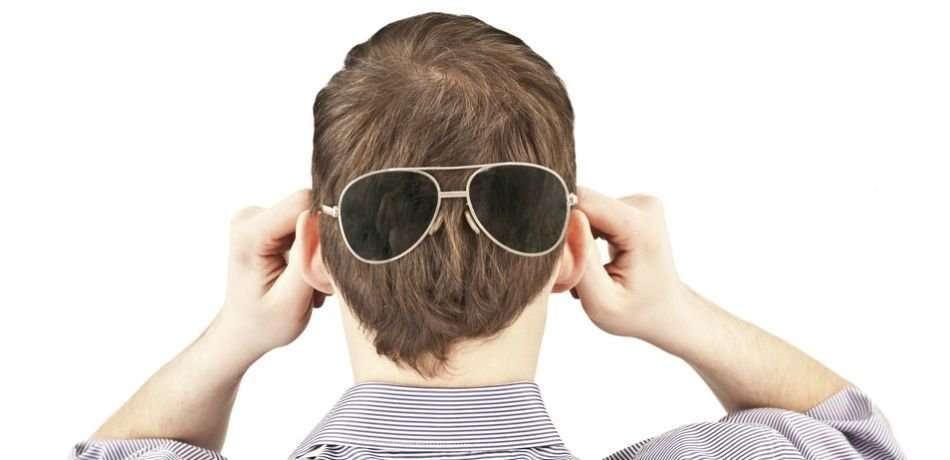A team of Japanese scientists used a visual search experiment to prove humans have the ability to perceive things beyond the limits of the visual field. Our brain constructs a 360-degree world.
According to Cambridge Dictionary, to have “eyes in the back of the head” means to “know everything that is happening around you.”
The historical and cultural origins of this ancient idiom remain unknown, but according to a new Japanese study – the first of this kind – “eyes in the back of the head” is more than a conventional wisdom and more than a saying that gets passed on from generation to generation.
A group of researchers led by Professor Satoshi Shioiri from the Research Institute of Electrical Communication at Tohoku University in Japan co-authored a study titled “Spatial Representations of the Viewer’s Surroundings.”
The study was published in the peer-reviewed journal Nature.
“Spatial representation surrounding a viewer including outside the visual field is crucial for moving around the three-dimensional world. To obtain such spatial representations, we predict that there is a learning process that integrates visual inputs from different viewpoints covering all the 360° visual angles.”
Professor Shioiri’s team (Masayuki Kobayashi, Kazumichi Matsumiya, and Ichiro Kuriki) conducted a visual search experiment.
Two groups of observers participated in the experiment: group A with 26 observers and group B with 29 observers. All participants were students of Tohoku University, unaware of the objective of the study.
The observers (study participants) stood at the center of six displays. Rather, the six-panel display covered the 360-degree area surrounding the observer. Six letters appeared on each display at the same time. The observers were asked to find the target – a particular letter. The target and the distractions were randomly distributed among the six displays.
The reaction time, the time it took to find the letter, was recorded. After being exposed to the same spatial layouts, observers were able to locate the target faster, even without explicit knowledge of the repetition. Furthermore, the observers were able to locate the target faster after being exposed to the same spatial layouts, even when the target object was located in the rear.
This shows, for the first time ever, that visual processing is not limited to the visual field. In fact, visual processing extends to a much wider field.
The results of this study indicate that our brains are capable of creating representations of our surroundings – we use these representations to “look behind” without actually turning. Through our sense of vision, we are aware of what is in front of us, but not what is behind us. Our brain constructs a 360-degree world.
This study, Japanese researchers claim, is important because it reveals the brain function which links perception and movement.

ParallelsAndTangents on May 14th, 2018 at 00:32 UTC »
Just because we don't visually observe what is directly behind us doesn't mean that we don't conceptualize using our other cognitive senses like hearing or touch/feel even smell and sometimes the products of their integration together. Take all senses and sum their input into a sphere of sensitivity around the body....
(edit) in the same sense(pun intended) everything that is behind us has been seen by us at some point. Take sphere of sensitivity add in pattern recognition abilities with spatial perception and you have physical awareness.
Sornos on May 14th, 2018 at 00:27 UTC »
This is just common sense, but I guess it's important to verify for real. It's an unsexy part of science but vital.
Gotta prove if you look at something, you will still consider it exists even if you're looking the other way.
jebotionmater on May 13rd, 2018 at 21:24 UTC »
From university website:
https://www.tohoku.ac.jp/en/press/eyes_in_the_back_of_the_head.html
Abstract
Journal link: https://www.nature.com/articles/s41598-018-25433-5